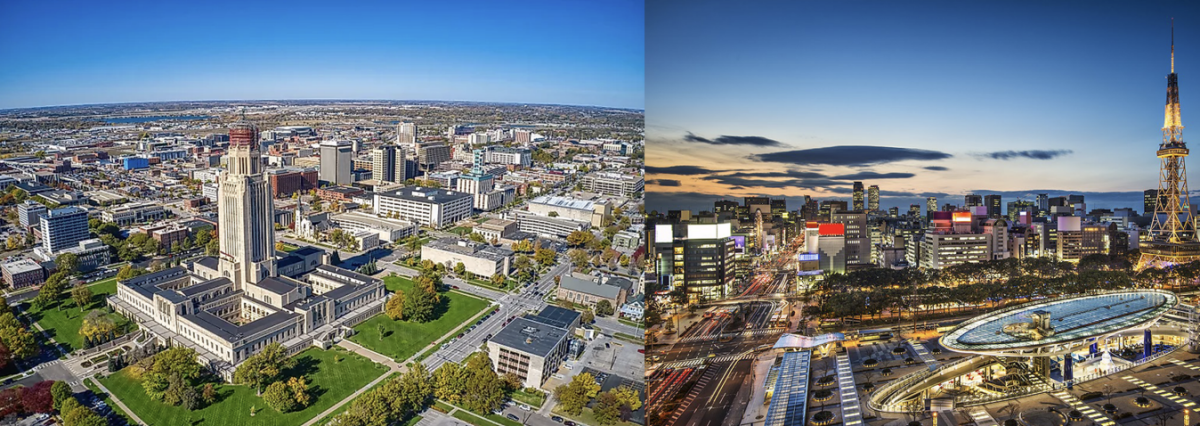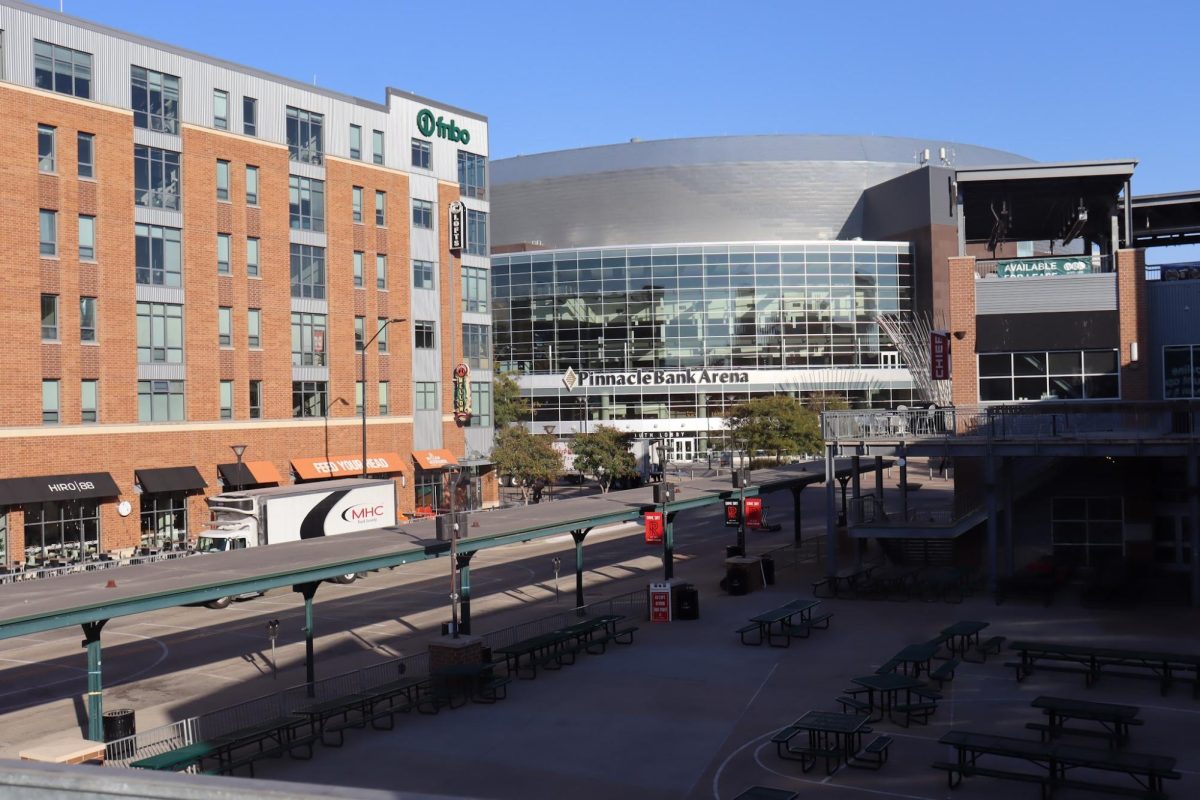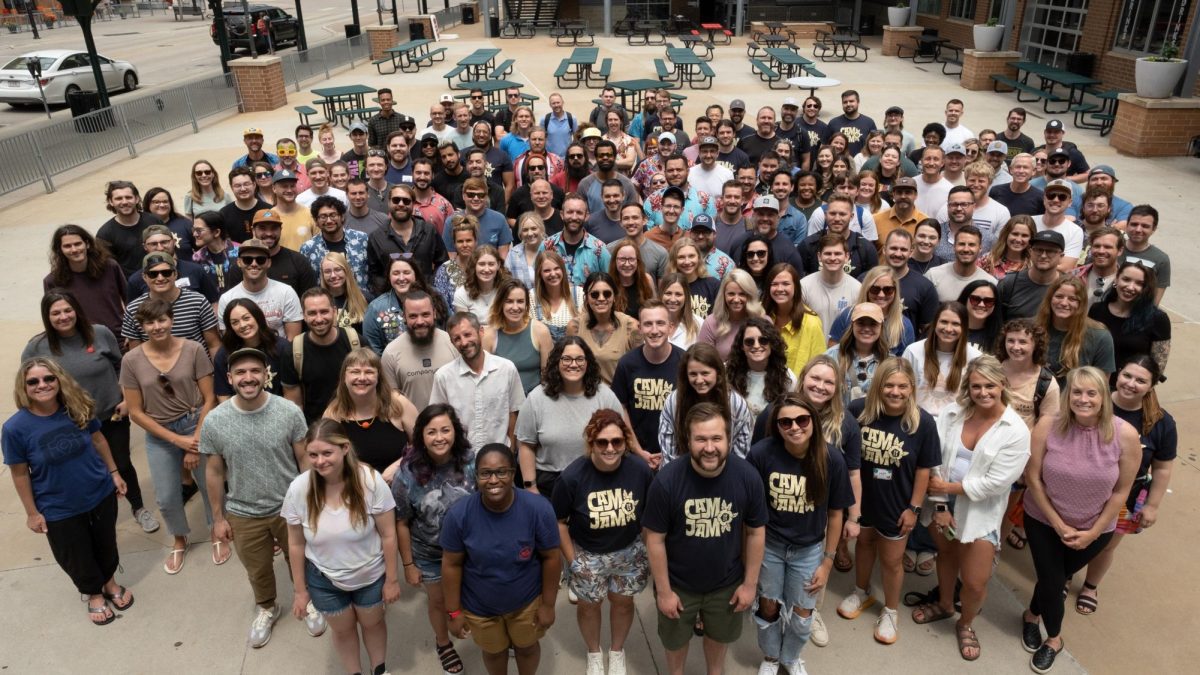Studying in the U.S. after growing up in Japan has opened my eyes to so many differences between the two school systems. Each reflects its country’s unique culture, and while both have their strengths, experiencing these contrasts firsthand has been eye-opening—and often quite entertaining! Here’s how I see the differences.
Uniforms vs. Personal Style
In Japan, uniforms are an everyday reality. Wearing them creates a sense of discipline and unity, and honestly, it made my mornings simple—I didn’t have to think about what to wear. Here in the U.S., students have the freedom to dress however they like, which is refreshing but also a little overwhelming at first. Hoodies, jeans, and sneakers dominate the hallways, and this casual approach makes the school atmosphere feel more relaxed.
Who Moves Between Classes? Teachers vs. Students
One thing that surprised me in the U.S. is how students move between classes. In Japan, we stay in the same classroom all day, and it’s the teachers who rotate. I liked how this system let me build close relationships with my classmates—we became like a family. In the U.S., navigating hallways, locker stops, and figuring out where to go next can feel like a mini-adventure. It’s fun but sometimes a bit chaotic!
Getting to School: Public Transportation vs. Yellow School Buses
How we get to school is another big difference. In Japan, most high school students rely on public transportation, especially trains. Trains in Japan are incredibly punctual and efficient, making them the perfect way to commute, and I always enjoyed watching the world pass by during my ride. Some students also bike to school, and it’s common to see uniformed groups walking or cycling together.
In the U.S., though, the iconic yellow school bus takes center stage. It feels like something out of a movie! Riding the bus is convenient and builds a sense of community, but I miss the independence and variety of public transportation back home. Also, the train rides in Japan were a great chance to chat with friends or finish homework before school.
Cleaning Time: A Lesson in Responsibility
Cleaning the school is one of those things that’s just part of life in Japan. Every day, we’d take turns sweeping the classroom, wiping windows, and even cleaning the toilets. It wasn’t always fun, but it taught me responsibility and teamwork. In the U.S., schools have janitors, so students don’t have to worry about cleaning. While I appreciate the convenience, I sometimes miss that sense of accomplishment after a good cleaning session.
Lunch Traditions: Classrooms vs. Cafeterias
Lunchtime is another area where the differences really stood out. In Japan, we eat lunch in our homerooms, and it’s served by students taking turns. It felt organized and even a little ceremonial, as we’d all say “Itadakimasu” before eating. In the U.S., the cafeteria is the social hub of the school. It’s lively and full of energy, with everyone chatting, laughing, and enjoying a variety of food. I enjoy the relaxed vibe, but I sometimes miss the structure of homeroom lunches in Japan.
Conclusion
For me, experiencing both school systems has been a lesson in culture. Japan’s schools emphasize discipline, teamwork, and tradition, while U.S. schools highlight individuality, freedom, and self-expression. Neither is perfect, but both have taught me valuable lessons—not just about education, but about life itself.
Living through these differences has helped me grow, and I can’t wait to see what else I’ll discover in this year abroad.













